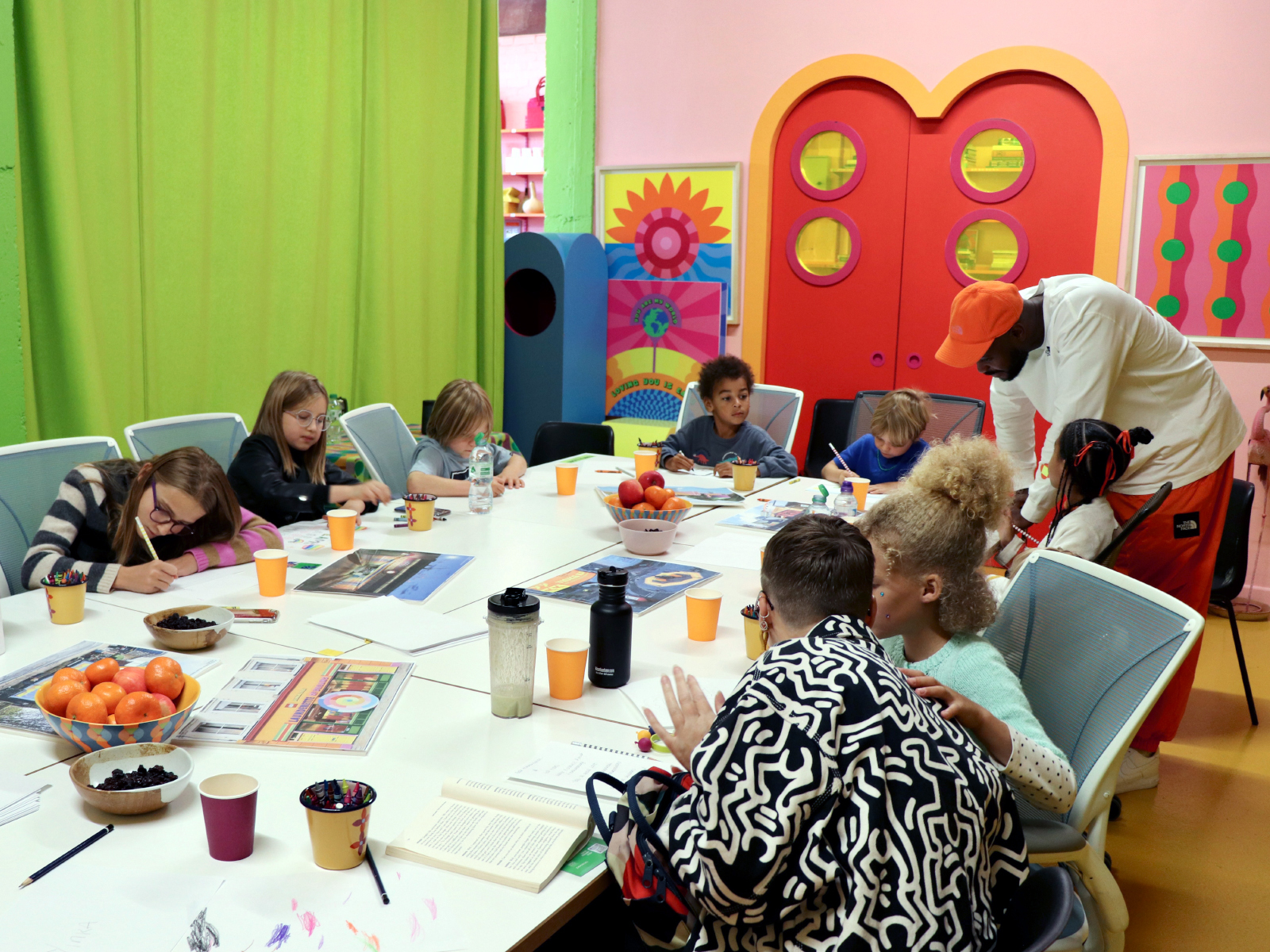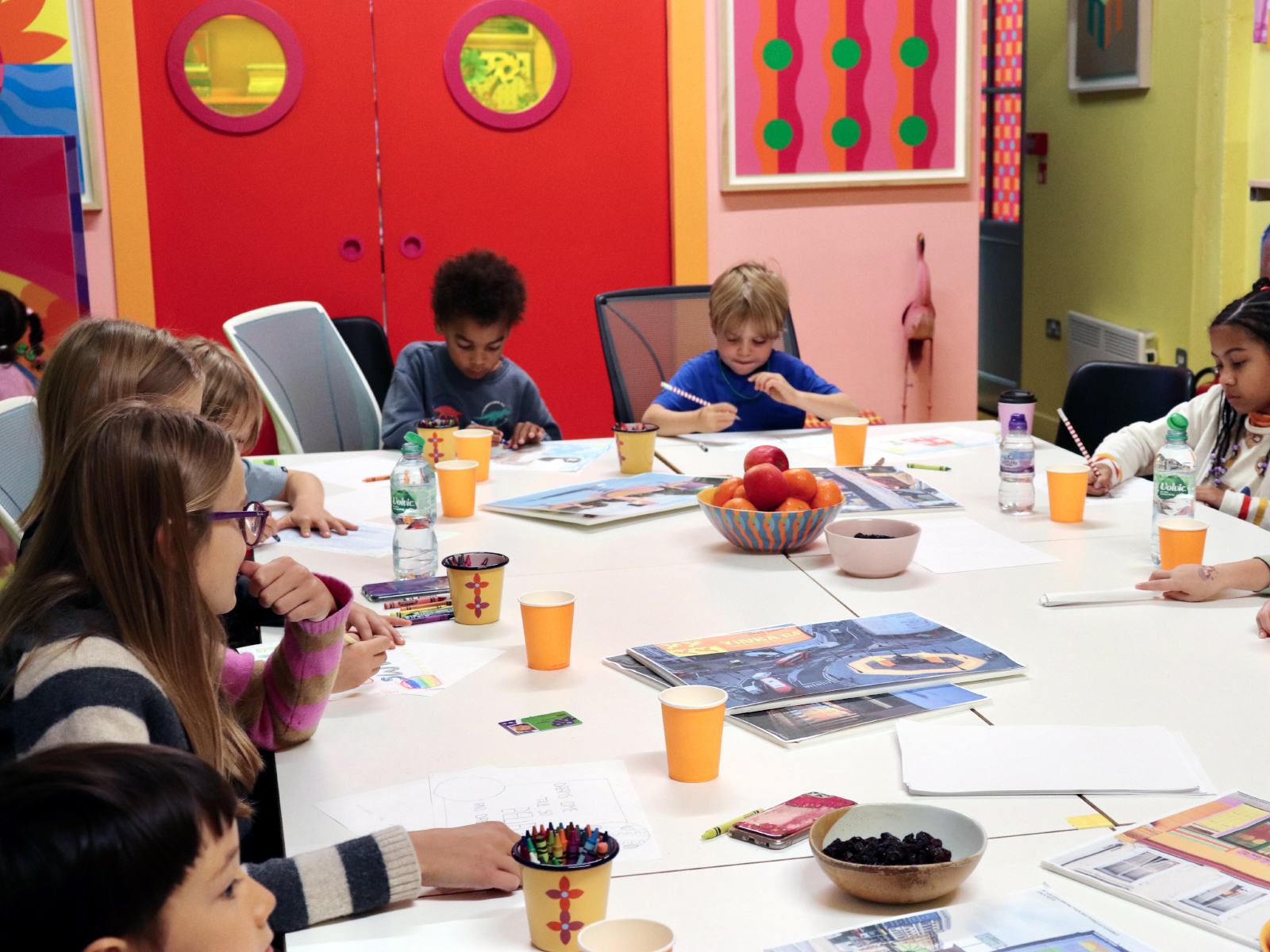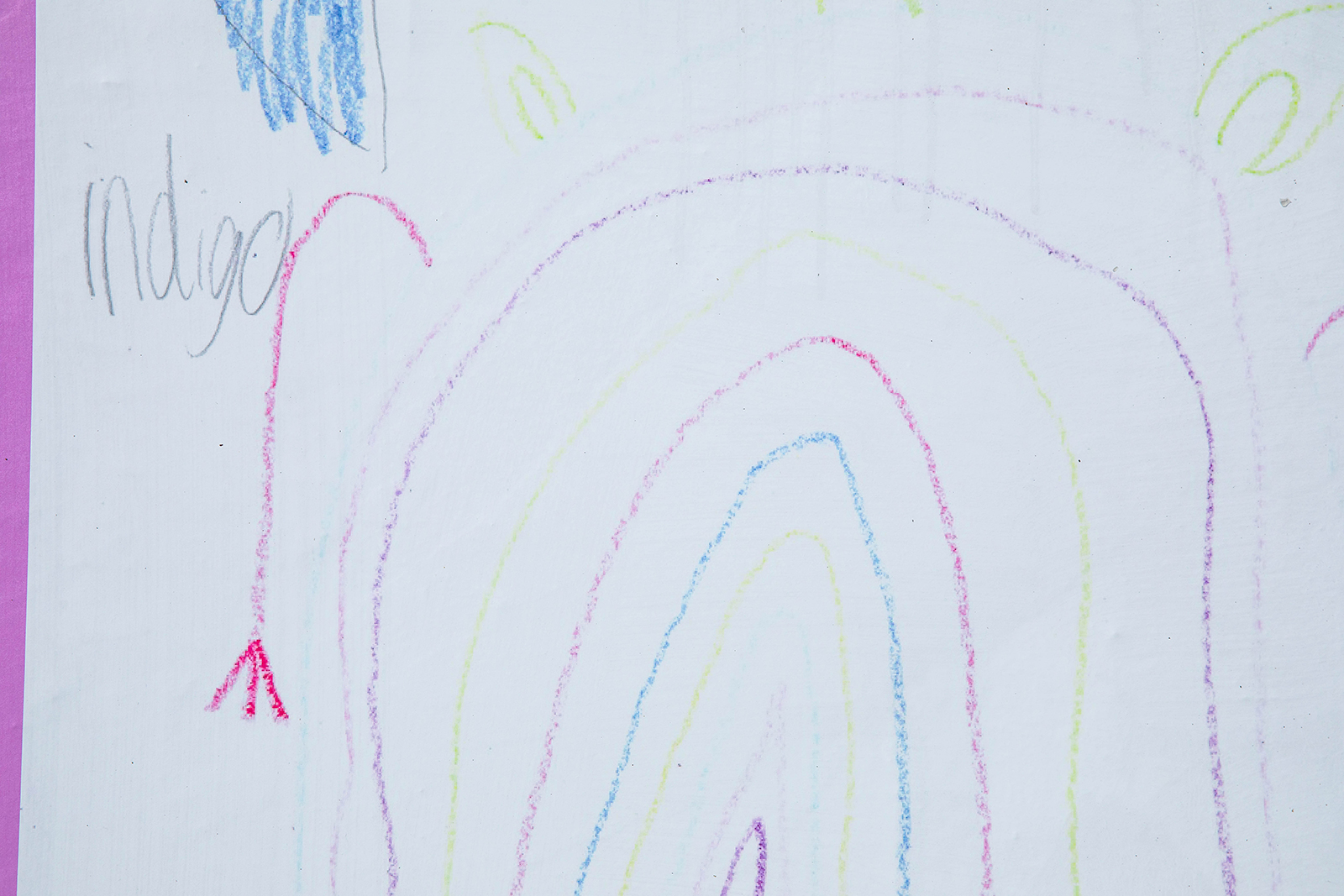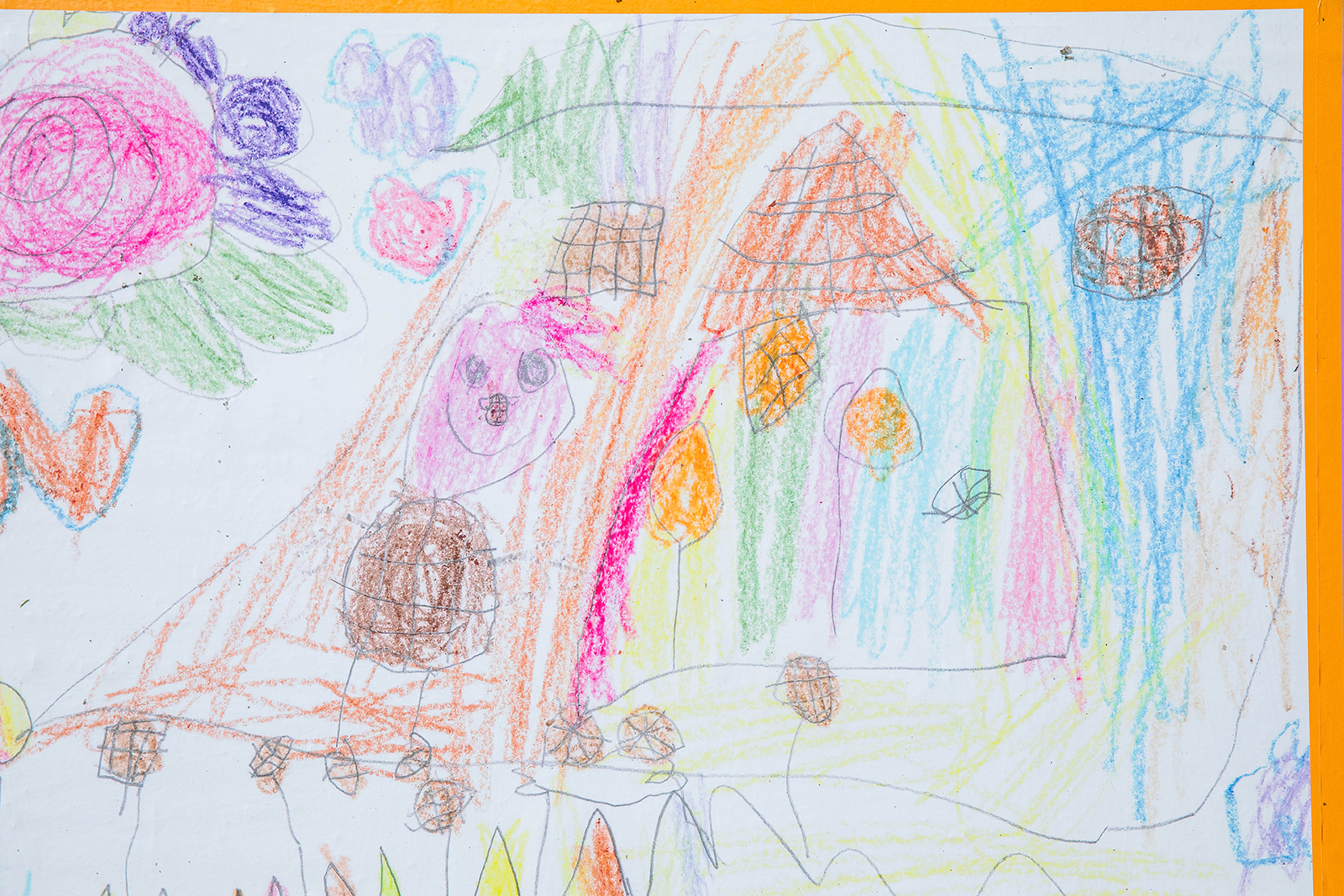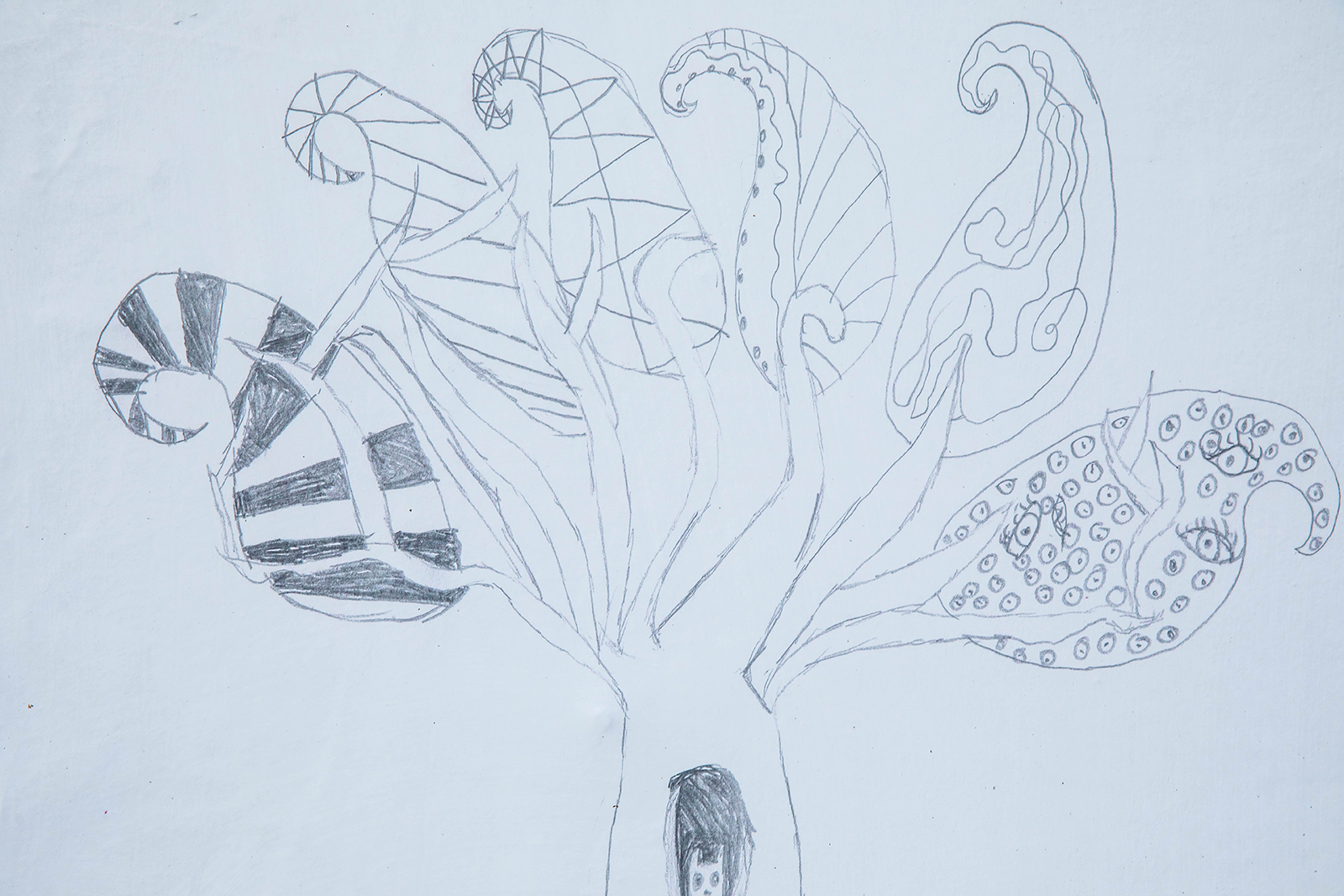Partnerships
Yinka Ilori inspires the next generation of young artists
Yinka Ilori MBE, the British-Nigerian multi-disciplinary artist and designer, is renowned for his narrative-driven creations that celebrate community, joy, and affirmation. These core themes run through much of his work, known for its bold use of colour and ability to connect people through positive, uplifting storytelling. In his latest collaboration with BUILDHOLLYWOOD, Ilori turns his focus to empowering young talent, hosting workshops with children and showcasing their work across London. In this feature, we explore his creative journey, key influences, and this exciting new project aimed at inspiring the next generation of artists.
Living with his parents and four siblings in a close-knit family environment, Ilori developed a deep appreciation for togetherness, a value that continues to resonate in his projects. “Affirmation is one of the biggest things we were introduced to when we were young,” Ilori explains. This foundation of positive reinforcement, along with his parents’ emphasis on self-contentment and cultural pride, has profoundly shaped his design philosophy. His work celebrates his dual heritage and the joy of belonging, offering audiences a visual language that bridges cultural and emotional experiences.
23.10.24
Words by





